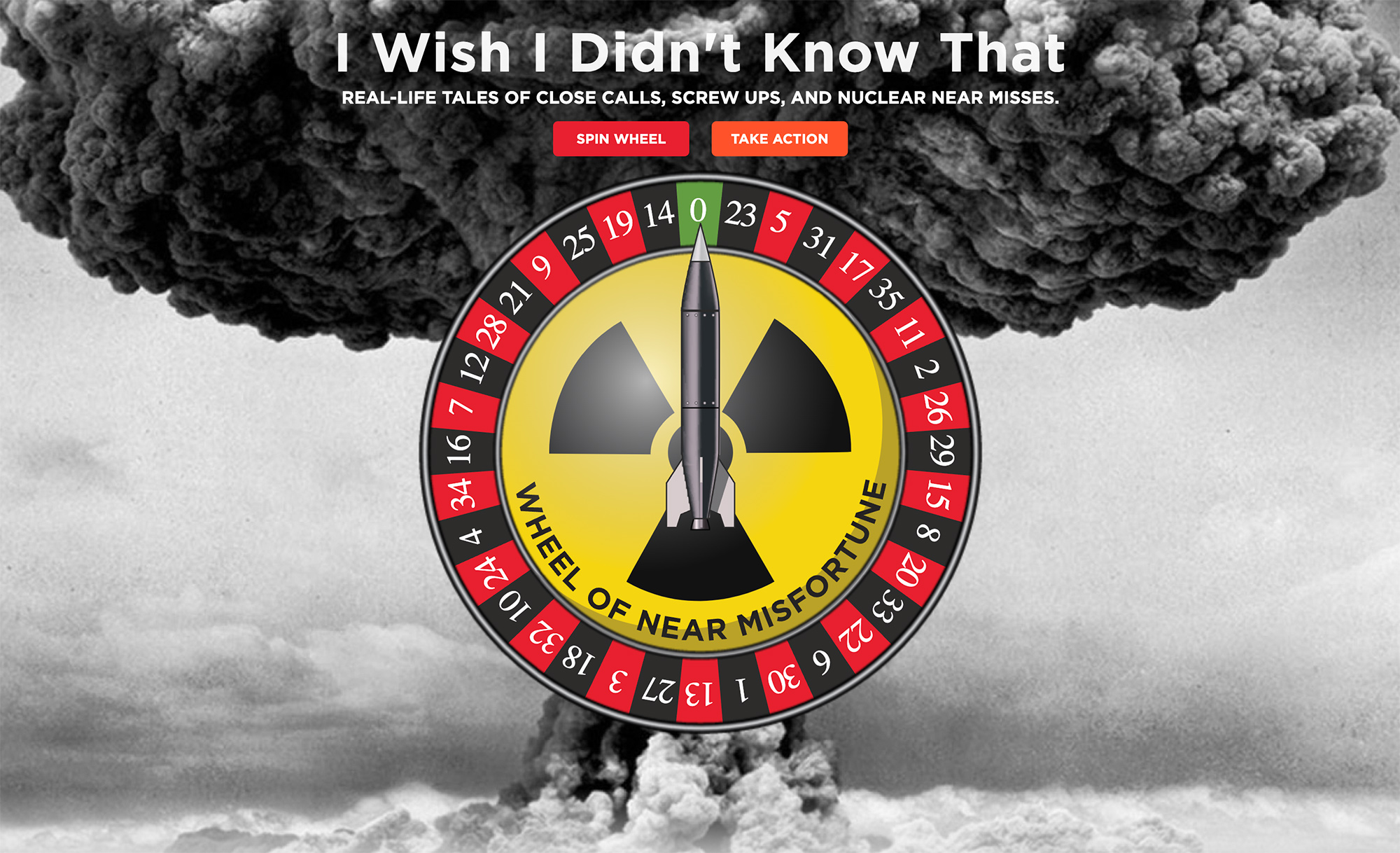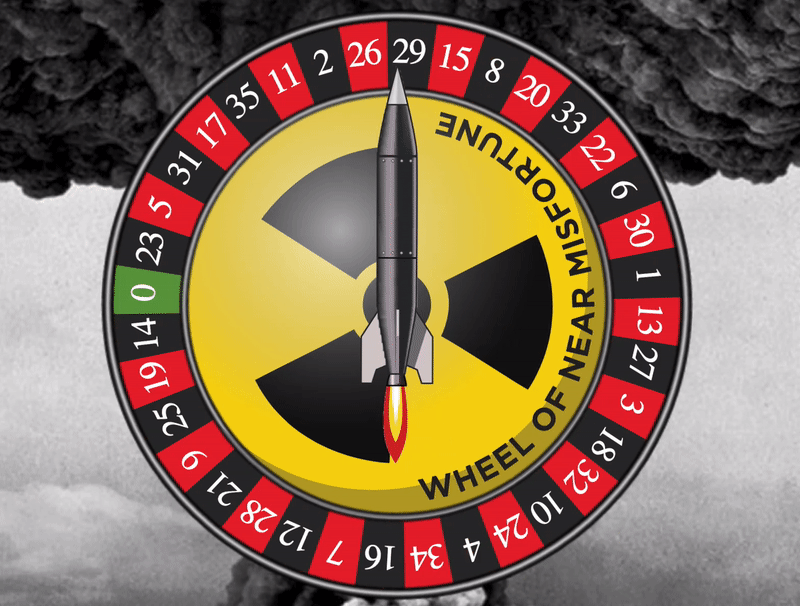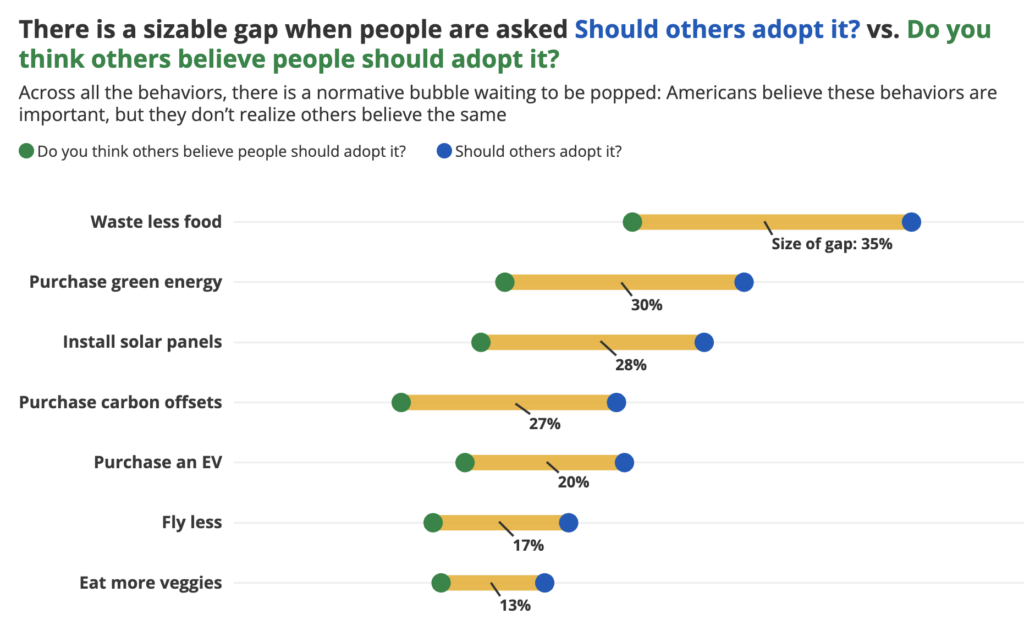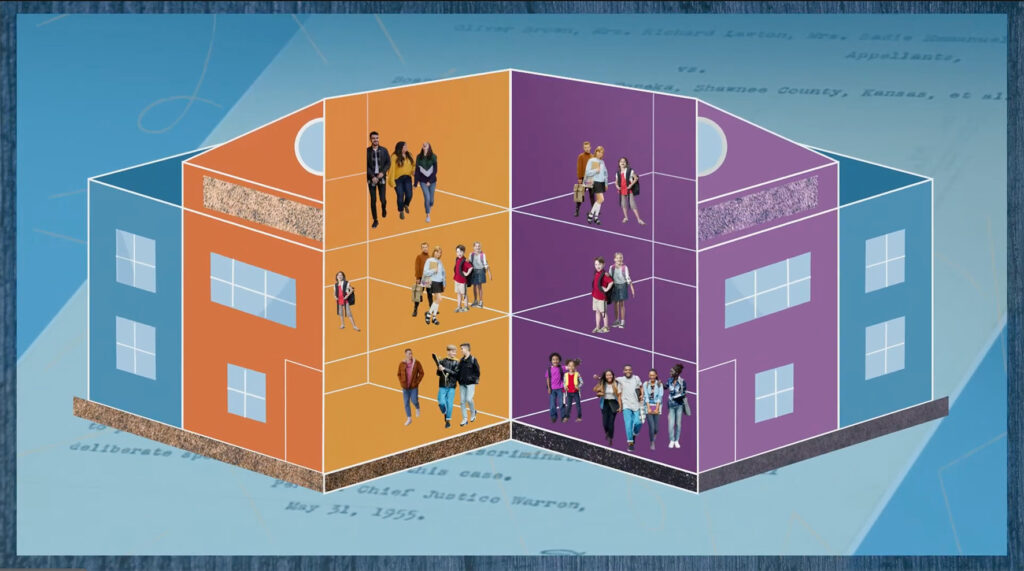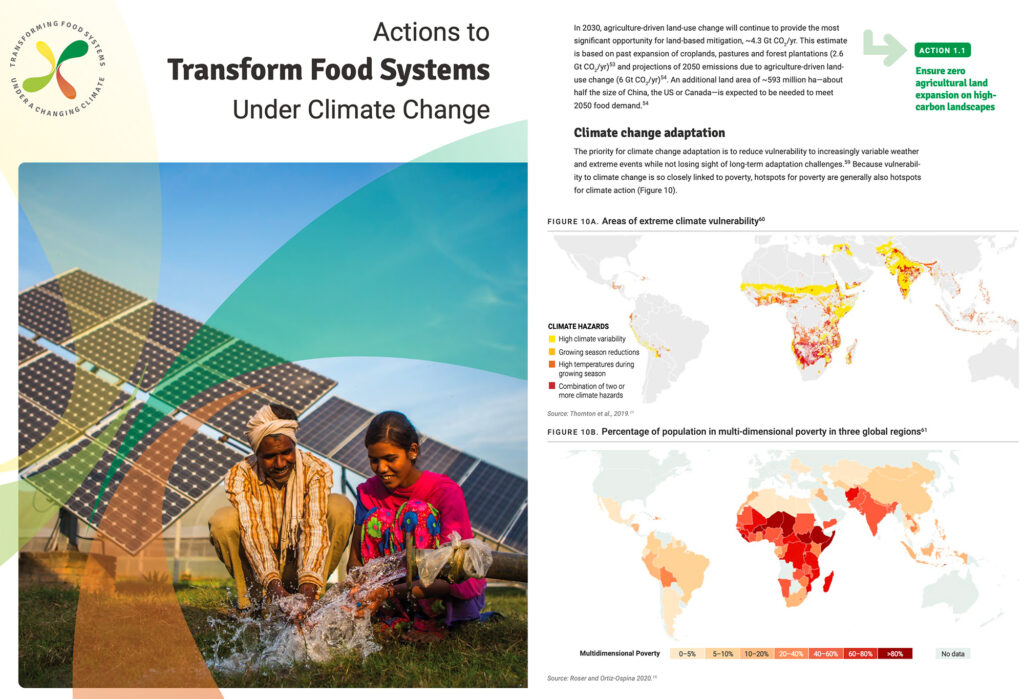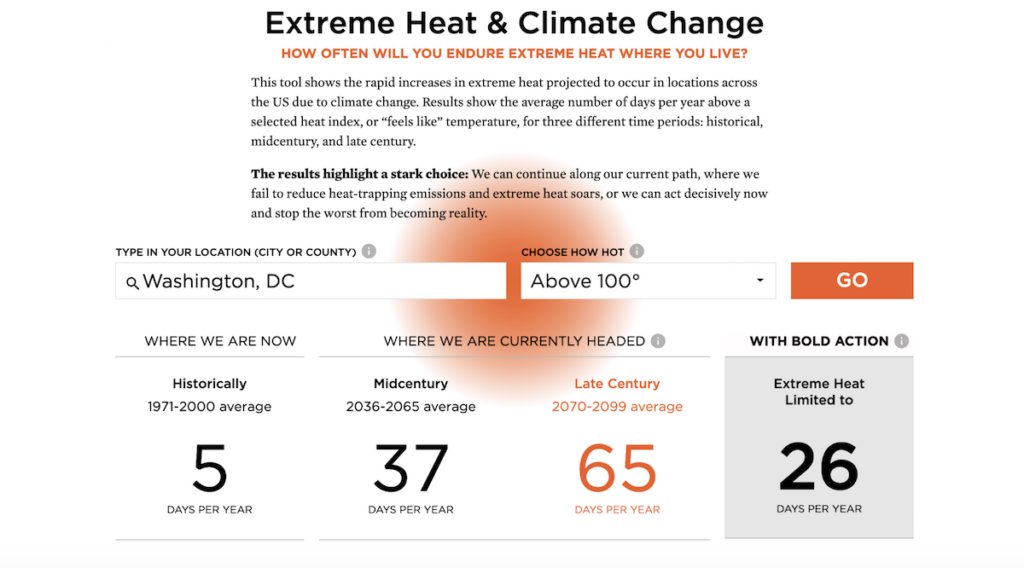This interactive tool was designed to not only inform policymakers and the voting public but to also activate them to do something about this issue before one of these “near misses” turns into a disaster that could affect and haunt multiple generations of innocent victims.
Working closely with the UCS team, Graphicacy created an interactive tool on a modest budget that would be engaging, easy to use, easy to understand, and easy to respond to with action.
Without wanting to make light of the seriousness of these nuclear weapon stumbles, we decided to gamify the experience by designing a roulette-like “Wheel of Misfortune” that users could spin to pull up randomly selected examples from the library of incidents. This helped create the feeling of chance that these near-misses elicit and demonstrate how chance really does play a role in whether the next would-be-near-miss doesn’t miss after all. Additionally, this gamified experience made the user feel the “buzz” of anticipation, wondering what would next and if the outcomes would be worse in that example.
At the top of the page, users were initially provided two bold buttons to choose from:
- Spin Wheel if you wanted to sample the near-miss writeups first, or
- Take Action if you didn’t need any more alarming information to motivate you to learn more about how to actively engage this issue with your policymakers.
By providing an interactive experience with options to learn more in ways that felt comfortable to multiple audiences, this new tool helped advance an understanding of a challenging and terrifying topic.
